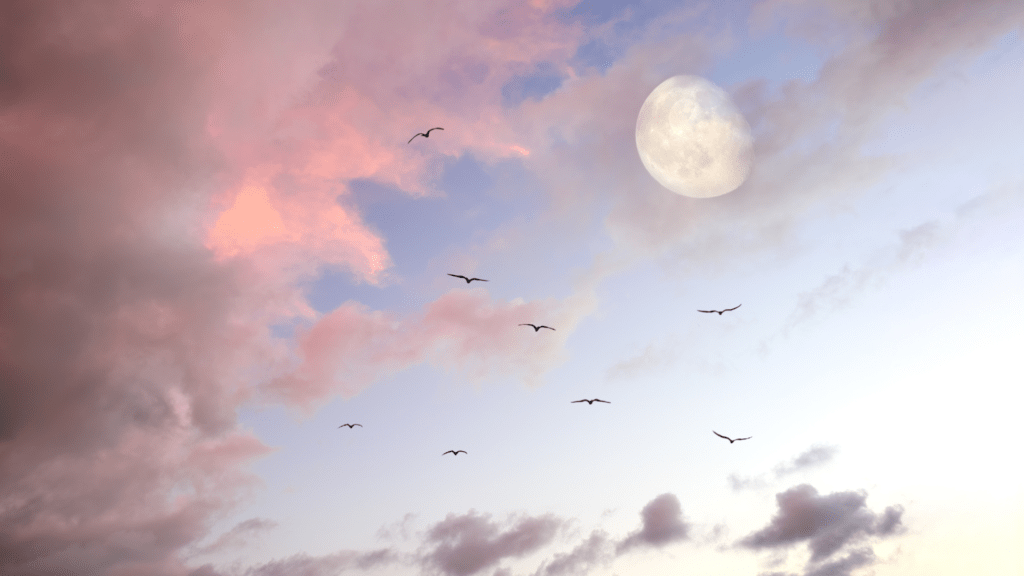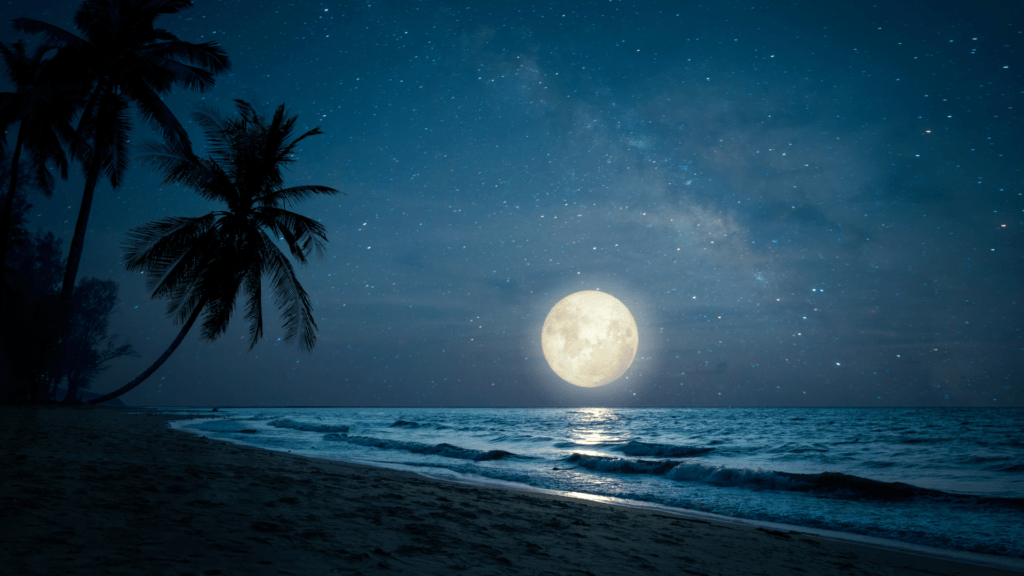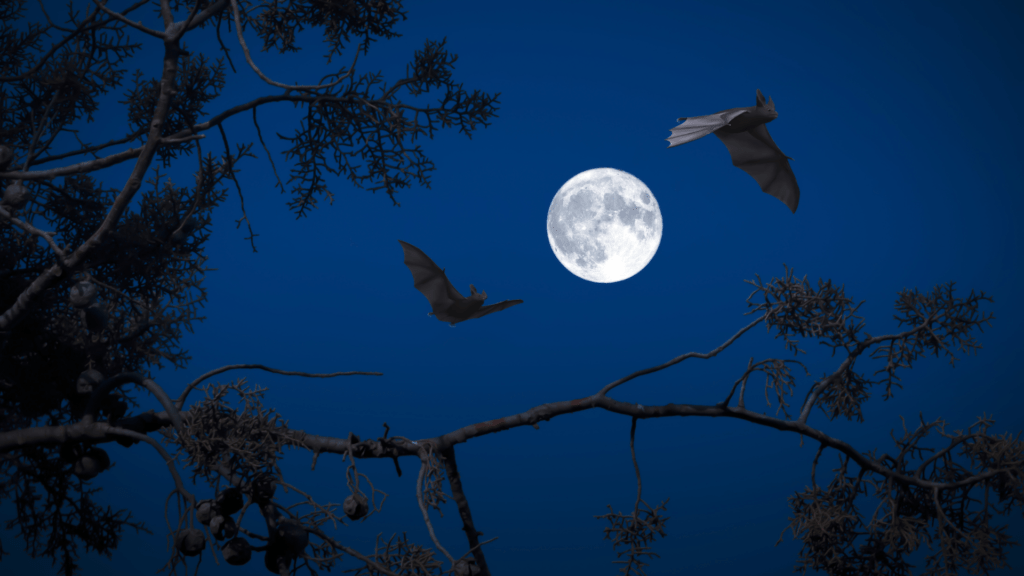Introduction
Have you ever gazed at the moon on a clear night and felt a deep sense of wonder? The phrase “The Moon is Beautiful, Isn’t It?” might sound like a simple statement, but it holds a deeper meaning one that goes beyond just admiring the moon’s glow.
This phrase has roots in Japanese culture, where it is believed to be a poetic way of expressing love. But aside from its romantic symbolism, the moon has fascinated humans for centuries inspiring art, guiding travelers, influencing tides, and even affecting our emotions.
So, what makes the moon so captivating? Why does it hold such a special place in our hearts and cultures? Let’s explore the beauty, science, and hidden meanings behind the moon.
The Hidden Meaning Behind “The Moon is Beautiful, Isn’t It?”
Many people believe this phrase originates from Natsume Sōseki, a famous Japanese novelist. It is said that when he was teaching English, he suggested that instead of translating “I love you” literally, one could say:
👉 “The moon is beautiful, isn’t it?”
This poetic expression captures the feeling of love in a subtle and elegant way. It reflects the Japanese way of indirect communication, where emotions are often conveyed through nature and poetic metaphors.

How the Phrase Became Popular
In recent years, this phrase has spread across the internet, making its way into social media, anime, books, and movies. It has become a romantic and mysterious way of expressing love one that makes people wonder about the unspoken emotions hidden behind simple words.
Next time you hear someone say, “The moon is beautiful, isn’t it?” they might be expressing more than just admiration for the night sky!
Why is the Moon So Beautiful? The Science Behind Its Glow
The moon doesn’t produce its own light so why does it shine so brightly?
The answer lies in sunlight reflection. The moon’s surface is covered in rock and dust, which reflect sunlight back to Earth. Depending on the moon’s position and the angle of the sun, we see different phases of the moon from the new moon to the full moon.
Why Does the Moon Change Shape?
The changing shape of the moon is called the lunar cycle, which lasts about 29.5 days. The key moon phases are:
🌑 New Moon The moon is invisible because it’s between the Earth and Sun.
🌒 Waxing Crescent A small part of the moon is visible.
🌓 First Quarter Half of the moon is lit up.
🌔 Waxing Gibbous The moon is almost full.
🌕 Full Moon The entire moon is visible and shines the brightest.
🌖 Waning Gibbous The moon starts to shrink.
🌗 Last Quarter Only half of the moon is visible again.
🌘 Waning Crescent A small sliver remains before the new moon.
Each phase adds to the moon’s mystique and beauty, making it a breathtaking sight to observe throughout the month.
The Moon’s Role in Nature and Our Planet
The moon is not just a beautiful object in the sky it has a powerful influence on Earth.
The Moon’s Effect on Tides
Ever noticed how the ocean’s waves rise and fall? That’s because of the moon’s gravity! The moon pulls on Earth’s oceans, creating high and low tides. Without the moon, tides would be much weaker, affecting marine life and coastal ecosystems.

The Moon’s Role in Stabilizing Earth
The moon helps keep Earth’s tilt and rotation stable. If the moon didn’t exist, Earth’s axis could shift dramatically, leading to extreme climate changes. The moon ensures that we have predictable seasons and weather patterns.
Can the Moon Affect Human Emotions?
Many people believe the full moon affects human behavior some say it influences sleep, emotions, and even crime rates! While science hasn’t fully confirmed these effects, studies suggest that people may sleep less and feel more restless during a full moon.
Whether or not the moon affects our mood, one thing is certain it has a magical presence that humans have felt for centuries.
The Moon in Different Cultures and Beliefs
For thousands of years, the moon has been a source of stories, myths, and traditions.
The Moon in Japanese Culture
In Japan, the Otsukimi Festival (Moon-Viewing Festival) is a tradition where people gather to appreciate the full moon, write poetry, and enjoy moon-themed foods.
The Moon in Chinese Culture
The Mid-Autumn Festival celebrates the moon as a symbol of family unity and togetherness. Families eat mooncakes and admire the full moon together.
The Moon in Western Mythology
In Western stories, the moon is often linked to werewolves, magic, and mystery. Ancient civilizations like the Greeks and Romans even worshiped moon deities such as Selene and Luna.

The Moon’s Influence on Art, Poetry, and Music
The moon has inspired artists, writers, and musicians for centuries. Some of the most famous moon-inspired works include:
📖 “The Moon and Sixpence” A novel by W. Somerset Maugham.
🎵 “Moonlight Sonata” A masterpiece by Beethoven.
🖼️ Van Gogh’s “Starry Night” A painting featuring a glowing moon.
From romantic songs to haunting poetry, the moon continues to be one of the most beloved symbols in creative expression.
Conclusion
The moon is more than just a celestial object it is a symbol of love, mystery, and wonder. Whether you admire it for its scientific beauty, poetic meanings, or cultural significance, one thing is certain:
🌙 The moon will always be a source of inspiration, guiding us through the night with its soft, glowing light.
So, the next time you find yourself gazing at the moon, remember its hidden meanings. And perhaps, when the moment is right, you might whisper to someone special:
“The moon is beautiful, isn’t it?”
FAQs About the Moon
What does “The Moon is Beautiful, Isn’t It?” really mean?
It’s believed to be a poetic way of saying “I love you” in Japanese culture.
Why do people love the moon so much?
The moon’s beauty, mystery, and influence on Earth make it fascinating. It also holds deep cultural and emotional meanings.
Can I see the moon every night?
Not always! Sometimes, weather conditions or the moon’s position make it invisible.
Does the moon really affect sleep?
Some studies suggest people may sleep less deeply during a full moon, but research is still ongoing.
What is the best way to appreciate the moon?
Go outside on a clear night, find a peaceful spot, and simply admire its glow maybe even with someone special!
